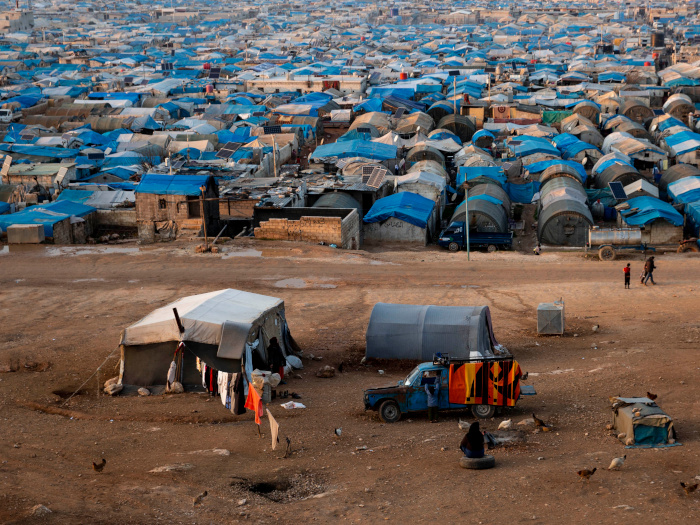Several countries around the world are at different stages of fighting the challenge that is COVID-19, trying their best to put a united front against the fast-spreading virus. As China is easing lockdowns and New York is resorting to mass graves, conflict-ridden Yemen has reported its first case.

War zones and refugee camps are fighting heightened risks during pandemics. Photo Credit: Shutterstock
A report by the World Economic Forum highlights the extraordinary risk that war-torn regions, refugee camps and conflict zones face while trying to save themselves from the pandemic situation that coloring the world alike right now. With the stark possibility of COVID-19 hitting refugee camps in Gaza and Syria anytime soon and the lack of access to aid and man-made political obstructions in supplying resources and help, the report paints the picture of similar mass graves for the region. [1]
These regions are presently struggling for access to basic rights and accepting substandard living conditions where fulfilling the necessities is a decision taken by politics. Fighting this virus requires some basics, like maintaining hygiene basics by washing hands and maintaining physical distance from each other.
Following these guidelines to stay healthier in a zone where displaced people live in temporary settlements, uncertain about their tomorrows and the future of their children is difficult, to say the very least. Moreover, organizations from around the world that try to come forth with help are finding it difficult to make help reach their destination with obstacles all along the way.
Handwashing, which is expected to be a daily essential today, is a luxury for these regions with access to soap and clean water being a far-fetched reality. Dense populations packed in smaller strips of land also throws out the possibility of physical distancing. Insecurity around food and other basics is a primary issue in areas such as these.
COVID-19 cases are already being found in the refugee camps in Greece, and it is a matter of time before more such regions are affected by the situation. Once it does, bringing it under control would be a fresh challenge.
For the latest updates on COVID-19, please visit the CDC link and the NIH link. [2] [3]
